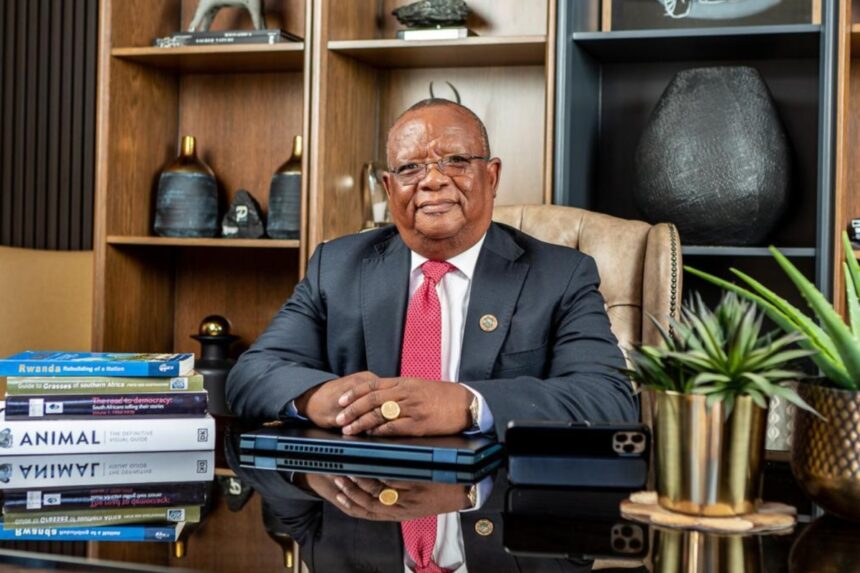Bakgatla Development Model: A Blueprint for Rural Advancement
Bakgatla Development Model Gains International Traction
A high-level delegation of traditional leaders from Namibia has recently arrived in the Northwest province of South Africa to study a rural development model pioneered by Kgosi Nyalala Pilane of the Bakgatla-ba-Kgafela. Facilitated by Namibia’s National House of Traditional Leaders, this visit signifies a growing regional interest in community-led approaches to socio-economic advancement.
The Bakgatla model, developed over several years, revolves around the concept that rural communities should take charge of their own development by utilizing local resources and opportunities. Kgosi Pilane envisions this initiative not only benefiting the Bakgatla community but also serving as a replicable framework for rural development across South Africa and beyond.
During the delegation’s visit, they will receive a formal presentation on the development framework and tour key community-driven projects. The goal is to benchmark and explore how similar initiatives could be implemented in Namibia.
Kgosi Pilane expressed his enthusiasm for the delegation’s interest, stating, “A sustainable rural development model rooted in self-reliance is what we have been striving for. While it originated in our community, the ultimate objective has always been to create a blueprint for broader application.”
The Bakgatla model is structured around four primary pillars: mining, agriculture, tourism, and manufacturing. Each pillar is derived from the community’s existing resources and economic landscape, rather than relying on external ideas or infrastructure.
Mining and agriculture are the foundational pillars of the Bakgatla strategy. Mineral extraction is being managed to directly benefit the community, while agriculture is transitioning from subsistence farming to commercially viable small-scale enterprises. Kgosi Pilane emphasized, “Commercial farming doesn’t have to mean large-scale operations. What’s important is increasing production, surpassing subsistence levels, and accessing local and regional markets.”
The tourism aspect of the model highlights heritage and culturally immersive experiences, offering visitors a unique insight into the community’s history and daily life. This approach sets the Bakgatla model apart from traditional game or lodge tourism, aligning with a global trend towards authentic cultural encounters for travelers.
The fourth pillar, manufacturing, involves rejuvenating dormant factory infrastructure in Moruleng and surrounding areas. By attracting manufacturing businesses to the region and advocating for incentives and special economic zones, the model aims to boost job creation and industrial activity.
Kgosi Pilane attributes the model’s success to its bottom-up approach, stating, “Empowering communities to drive their own development is essential. We need to shift away from the notion that progress solely stems from government intervention. Our communities have the capacity to shape their futures if provided with the opportunity and resources.”
He added, “All our accomplishments showcased to the delegation were achieved without government funding, fostering a sense of ownership within the community. When people build something themselves, they are more invested in its sustainability.”
For more information, please visit https://bbkta.co.za/index.html







